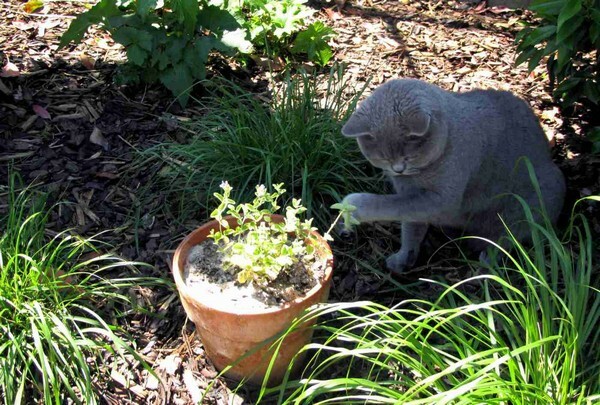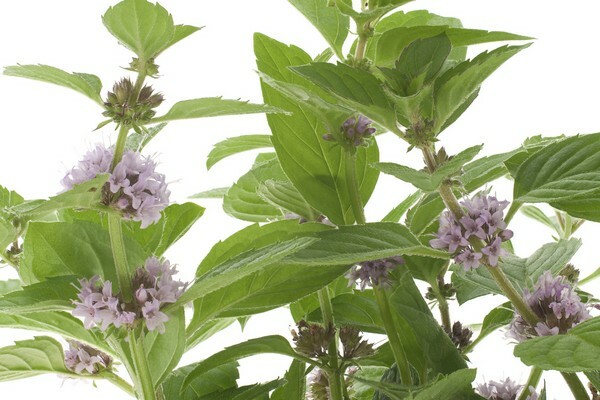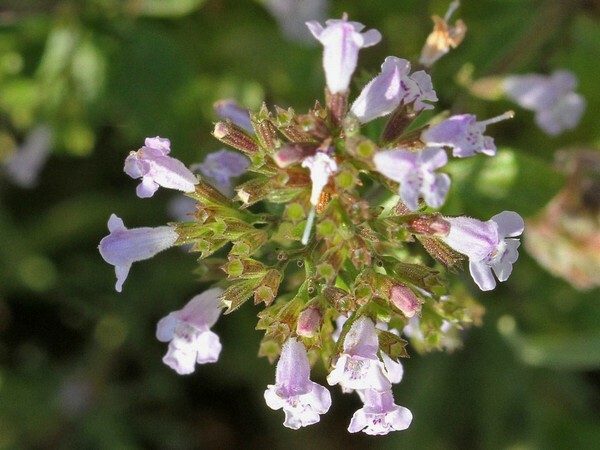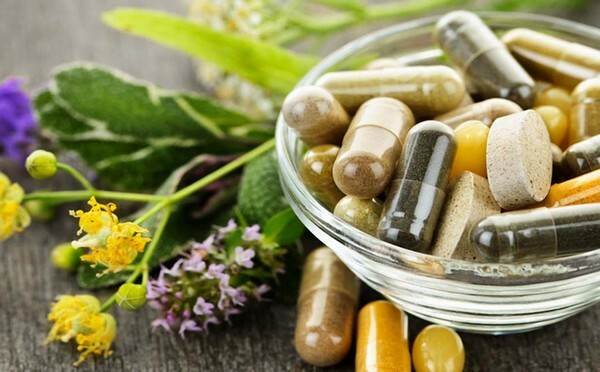Despite the fact that peppermint and lemon balm are representatives of a large family of snowflakes, there are significant differences between them. The range of application of medicinal plants differs, but also their appearance, chemical composition, growing conditions. The difference between peppermint and balm is in the therapeutic effects they have on the human body. But there are also many similarities, which often causes confusion, involuntary replacement of one plant by another. In this case, the person does not have health problems, but there is no need to improve the state of health.

Morphological features of
Peppermint and balm are similar to the area of growth. They are sown on an industrial scale in the middle and southern latitudes of our country, mainly in the Krasnodar Territory and the Voronezh Region. From mint in pharmaceutical factories, the crystalline substance menthol, which is a part of the known preparations Validol and Valocordin, is obtained. And from lemon balm using the extraction method extracted essential oil, actively used in medicine and cosmetology.
It's interesting: Mint is used in cooking mainly as a flavor and decoration for desserts. Melissa - a famous seasoning of Mediterranean cuisine, giving vegetable salads and garnishes a fresh citrus flavor.
The Yaroslavl family includes about 30 varieties of mint, the most famous of which is pepper. It is valuable high content of essential oil, unpretentiousness of cultivation, undemanding to soils. But there are only 5 types of melissa in botanical literature, and only one of them is cultivated in the territory of Russia. Plants are very similar in appearance, but there are significant differences between them, for example, the fragrance spread out between the fingers:
- fresh, sharp, menthol in mint;
- delicate, thin, lemon in lemon balm.
Mint gardeners are planted at a home site to repel pests - insects and rodents. For plants, the odor resistance is characteristic, therefore their essential oils are used as deodorizing agents for footwear, premises, car salons. The difference can be seen on the photo of mint and melissa:


Peppermint
Tip: Peppermint can grow on any ground, butThe most suitable for her are loose soils, with good access to fresh air. It is best to plant the seedlings in well-lit areas.
With high-quality care, regular watering and timely application of organic mint reaches a height of 100 cm. The plant has a powerful horizontal branched rhizome, a straight hollow tetrahedral stem, oval, lanceolate leaves, slightly pubescent. In the beginning of summer mint forms a spicate inflorescence with a lot of tender-lilac buds. After a few days, small flowers are opened, from which comes a sweetish fresh fragrance of menthol. By the end of summer, fruits with a rough surface are formed, containing four nuts.
Melissa
Unlike mint, the surface of the melissa fruit is smooth, although their contents are also represented by four nuts. Thin, velvety light green leaves have the shape of an egg. When growing on shaded areas on the plant there are white leaves with a lilac shade. The melissa differs from the mint and its branched pubescent stalk, reaching a height of one and a half meters. In late June, the plant produces an inflorescence, called false rings and consisting of a variety of purple or lilac buds.
Important: Unlike mint, lemon balm does not need abundant watering. The plant has thinner roots, which can rot with excessive moisture content in the soil.
Chemical Composition
The difference in mint and baloney is in the qualitative and quantitative content of active ingredients from their chemical composition. Plants are valued for the presence in leaves of high concentration of essential oil. Spicy aroma of mint gives menthol, and melissa citral. These organic compounds are extracted from fresh plant raw materials for the needs of the pharmaceutical and cosmetology industry. They are used not only for giving shampoos, after shaving gels and creams a pronounced flavor, but also endowing them with healing properties - anti-inflammatory, antimicrobial, aseptic. The following biologically active substances are also included in the plant composition:
- phytoestrogens;
- phytoncides;
- bioflavonoids.
Peppermint contains a large concentration of tannins, bitterness and essential oil. Therefore, when brewed, only 2-3 fresh leaves are added to the cup of tea. When preparing the infusion from melissa, this amount is doubled. In mint, more vitamins and trace elements, but the quality of the composition varies slightly. It is represented by thiamine, riboflavin, ascorbic and nicotinic acids, potassium, magnesium, phosphorus. For the treatment of beriberi it is preferable to use mint tea, and the plant contains many polyunsaturated fatty acids and fat-soluble vitamins absent in melissa.

Drug action
Melissa shows a pronounced sedative activity that has found application in the treatment of insomnia, increased anxiety, nervous excitability. A similar effect is typical for mint, but there are some features of its use. With rare use, essential oil with menthol has a tonic effect, and with regular use of tea - soothing. What is the difference between mint and lemon balm:
- in melissa is more pronounced antimicrobial and antibacterial properties;
- mint effectively cures inflammatory processes;
- melissa has a softer effect on the skin of a person;
- mint can reduce blood pressure more quickly.
Plants have proven themselves in the treatment of viral and bacterial respiratory infections. But mint is characterized by antiviral and antimycotic properties, absent in melissa. Melissa infusion is used to reduce the severity of dyspeptic disorders - nausea, vomiting, chronic diarrhea, excessive gas formation. Peppermint has similar healing properties, but it can influence the cells of the gastric mucosa that produce hydrochloric acid. Under the influence of fragrant tea quickly disappearing painful heartburn, acidic eructation, pain in the epigastric region.
Essential oils of plants are used in aroma lamps. The smell of mint has a toning effect on a person, invigorates, increases mental and physical performance. And the aroma of lemon balm, on the contrary, relaxes, soothes, facilitates easy falling asleep.
Important: In contrast to peppermint, lemon balm does not have the ability to dilate coronary vessels, so it is not appropriate to use it in angina therapy to reduce the incidence of myocardial contractions.
